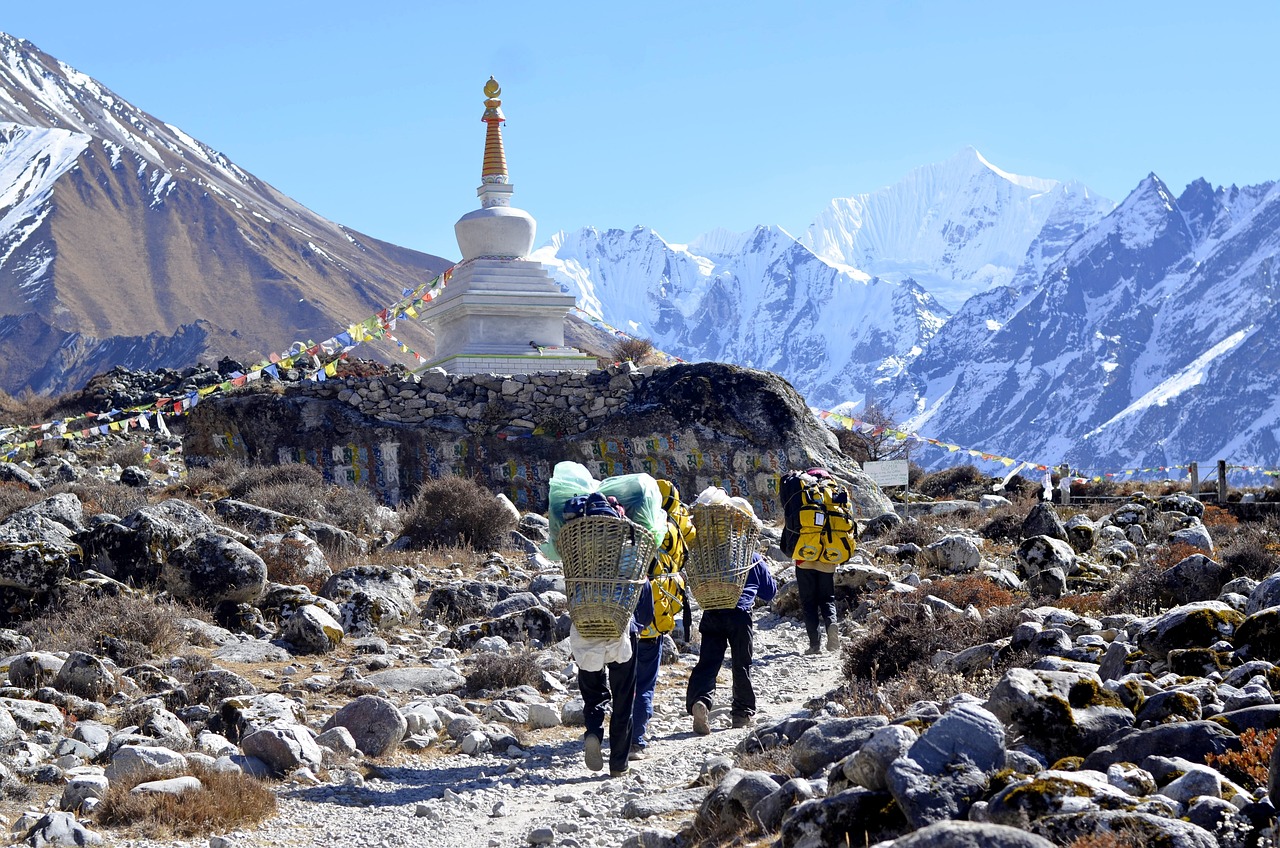Physical Address
304 North Cardinal St.
Dorchester Center, MA 02124
Physical Address
304 North Cardinal St.
Dorchester Center, MA 02124
Your guide to extraordinary adventures around the globe.
Your guide to extraordinary adventures around the globe.

The crisp mountain air filled my lungs as I took my first steps along the stone path leading out of Syabrubesi. I had finally arrived to begin my Langtang Valley trek, eager to explore this remote region tucked away in the Himalayas of north-central Nepal. Langtang Valley boasts some of the most dramatic alpine scenery in the country, with sacred Tibetan Buddhist sites, rustic villages, and off-the-beaten-path trails far from the crowds.
Spanning 7-12 days, the Langtang Valley trek traces ancient trade routes up the valley to the town of Langtang and beyond to Kyanjin Gompa. Along the way, you traverse high mountain passes over 16,000 feet, take in sweeping views of the Annapurna and Langtang Lirung, and experience authentic Sherpa culture. I couldn’t wait to challenge myself on this mystical adventure and make memories to last a lifetime.
In preparing for the Langtang Valley trek, proper planning and training is key. I scheduled my trek for mid-October, during the mild post-monsoon season when the chances of clear, sunny days are higher. My training regimen included cardio workouts 4-5 times per week, strength training focused on my core and legs, and taking long hikes on weekends with my pack to build trekking stamina.
Other vital preparation tasks included getting necessary immunizations, securing permits through the Nepal Tourism Board in Kathmandu, booking rustic tea house accommodations in advance, and gathering all my equipment. As the trails are quite steep and minimally maintained, I opted to hire an experienced English-speaking guide and porter through a reputable local agency to assist me.
My gear included a -10F sleeping bag, microspikes for icy passes, water filtration, first aid kits, and knee braces to provide support on steep descents. After flying into Kathmandu, we took a 5-hour jeep ride along winding mountain roads to reach the trailhead village of Syabrubesi, where the Langtang Valley trek begins.
The official start of the Langtang Valley trek is crossing a high suspension bridge over the raging Bhote Kosi River from Syabrubesi, which sits at 6,560 ft elevation. The first few days involve gradual uphill trekking through dense forests and past cascading waterfalls to reach Langtang village. I was enthralled by the lines of carved mani stones, Buddhist stupas, and stone walls adorned with fluttering prayer flags surrounding each settlement.
After acclimatizing for a couple days, we trekked farther up the valley to Kyanjin Gompa at 12,300 ft. This remote hillside monastery offered views of the surrounding ice giants like Langtang Lirung (23,771 ft), Kimshung (21,932 ft) and Yala Peak (18,339 ft) that took my breath away. Surrounded by glaciers and sheer vertical rock walls, this felt like the top of the world.
Crossing high mountain passes like Tsergo Ri at 16,638 ft over the following days tested my strength and stamina to the limit. But staring down at the valley from these dizzying heights was incredibly rewarding. Descending back to Syabrubesi, I felt humbled by the enormity and beauty of the Himalayas.
While intensely challenging both physically and mentally, I found the Langtang Valley trek to be one of the most magical experiences of my life. The stretches of trail tracing precipitous cliffs and steep Himalayan terrain pushed my trekking abilities hard. Yet the surrounding scenery – as well as the warm hospitality in tiny villages – made every strained muscle and early morning worthwhile.
Long days hiking 6-10 hours were grueling but satisfying. I’d collapse exhausted in rustic tea houses run by local families each night, where we’d swap stories with Nepali guides and travelers from around the world. Spending nights in Kyanjin Gompa, chanting prayers with monks in ancient hillside monasteries, and watching the sun slowly illuminate the snow-capped pinnacles will be memories I cherish forever.
While the views of the Annapurnas and Langtang ranges took my breath away each morning, it was the bonds forged with my guide, porter, and fellow adventurers that meant the most. We supported each other through illness, rough trails, and homesickness. This trek reinforced my humility and inner strength more than any other trip.
For those considering trekking Langtang Valley, I offer this advice based on my experience:
The stunning scenery, authentic cultural immersion, and tremendous sense of achievement upon conquering high passes over 16,000 feet make this a truly unforgettable trek.
You’ll return home with a deeper appreciation for nature, a renewed sense of inspiration, and friendships that will last a lifetime. If you have the chance to journey through Langtang Valley, I urge you to let its magic captivate your heart. Please reach out with any questions as you prepare for the adventure! I hope you find Langtang Valley as life-changing as I did.